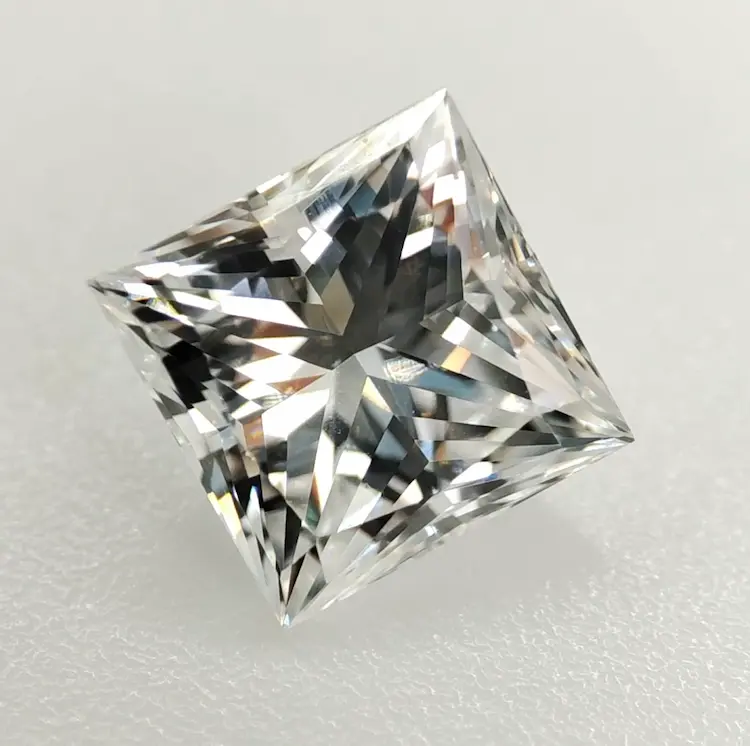
When it comes to jewelry, diamonds are often the most prized and valuable gemstones. However, with the rise of synthetic and imitation stones, knowing if a diamond is real is becoming increasingly important. Whether you’re shopping for jewelry, inheriting a piece, or simply curious, there are reliable ways to determine whether you’re dealing with real or fake diamonds. In this guide, we’ll explore several methods to test a diamond, both at home and with the help of professionals, so that you can feel confident about the authenticity of a diamond.
Why It’s Important to Know if a Diamond Is Real
Diamonds hold significant monetary and sentimental value. Unfortunately, the market is also filled with fake diamonds, such as cubic zirconia and moissanite, which look strikingly similar to a natural diamond but lack the same value. Understanding how to tell if a diamond is natural ensures you are not overpaying for a fake diamond and can help you make informed decisions when purchasing, insuring, or selling your jewelry.
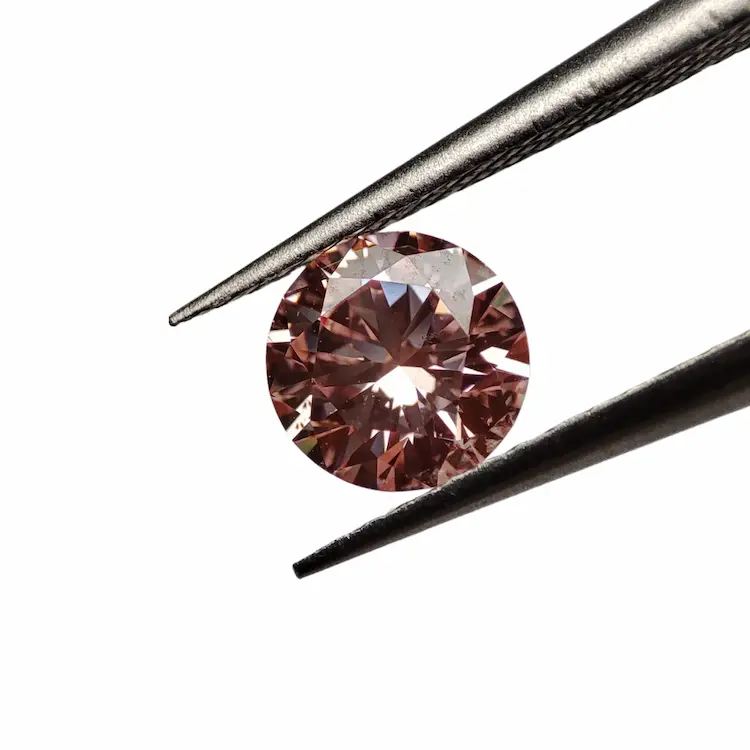
How Can You Tell If a Diamond Is Real? Home Tests to Try
You don’t need a gemologist’s tools to determine if a diamond is real or fake. Several easy tests you can perform at home can give you a strong indication of whether you’re dealing with a real diamond.
The Fog Test
The fog test is one of the simplest ways to check if a diamond is real. Hold the stone between your fingers and breathe on it to create fog. A real diamond disperses the fog almost immediately because diamonds are excellent heat conductors. On the other hand, fake diamonds, like cubic zirconia, will hold the fog for a few seconds longer. If the fog vanishes quickly, it’s a good sign that you have a real diamond.
The Water Test
The water test is another straightforward way to tell if a diamond is natural. Fill a glass with water and drop the stone into the glass. A real diamond will sink to the bottom because of its high density. Fake diamonds or lighter stones may float or sink more slowly. While this isn’t a definitive test, it can tell you whether your diamond is real or fake.
The Scratch Test
Diamonds are the hardest known natural material, ranking a 10 on the Mohs hardness scale. This means that a real diamond can scratch glass or other hard surfaces. To test, gently scratch a piece of glass with the stone. If the stone scratches the glass, it will likely be a real diamond. However, this test could be better, as some fake diamonds, like moissanite, can also scratch glass.
The Loupe Test
Using a magnifying glass or jeweler’s loupe, examine the diamond closely. Real diamonds usually have natural imperfections or inclusions, while fake diamonds, like cubic zirconia, are often flawless. Additionally, look at the edges of the diamond. Real diamonds tend to have sharp, well-defined edges, while fake diamonds may appear rounded or less distinct.
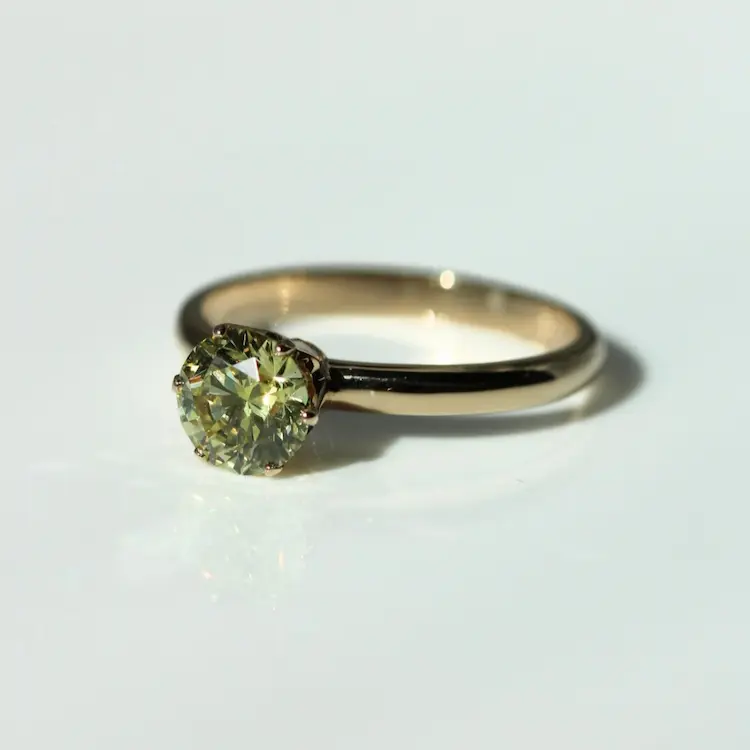
Professional Tests for Identifying Real Diamonds
While home tests can indicate whether your stone is a natural diamond, professional testing is the most accurate way to tell if a diamond is real. Here are a few expert methods that jewelers and gemologists use.
Thermal Conductivity Test
One of the most effective ways professionals test for real diamonds is by using a thermal conductivity tester, often called a diamond tester. A real diamond is a superior conductor of heat, while fake diamonds, such as glass or cubic zirconia, are not. The diamond tester can determine how well the stone conducts heat, giving you an immediate answer about whether it’s real.
Ultraviolet Light Test
When exposed to UV light, many real diamonds fluoresce, typically emitting a blue glow. However, not all real diamonds have fluorescence, so this test is not definitive. If the diamond glows blue under UV light, it is likely real, but if it doesn’t, that doesn’t necessarily mean it’s a fake diamond.
Refractivity Test
Real diamonds have a unique property called “refractivity,” which means they bend light in a particular way. A jeweler or gemologist can use a specialized tool, such as a refractometer, to measure how light passes through the stone. A real diamond will refract light differently from fake diamonds, helping to confirm its authenticity.
Electrical Conductivity Test
Similar to heat conduction, real diamonds are also excellent conductors of electricity. Jewelers often use an electrical conductivity tester to check whether the stone conducts electricity. Fake diamonds, like cubic zirconia or glass, do not conduct electricity like natural diamonds so that this test can provide another clue to the stone’s authenticity.

Common Types of Fake Diamonds
Understanding what fake diamonds are made of can also help you spot them. Here are some common materials used to create imitation diamonds:
Cubic Zirconia (CZ): One of the most common diamond substitutes, cubic zirconia is a lab-made gemstone that mimics the appearance of a real diamond. While CZ is visually similar to a real diamond, it is much softer, less durable, and significantly less expensive.
Moissanite: A synthetic gemstone often used as a diamond alternative. Moissanite is harder than cubic zirconia and can even fool some diamond testers, but it has a different refractive quality that makes it appear more “rainbow-like” in light compared to a real diamond.
Glass: Some fake diamonds are cut glass, which lacks the brilliance and durability of real diamonds. These stones are often easier to spot due to their lower hardness and refractivity.
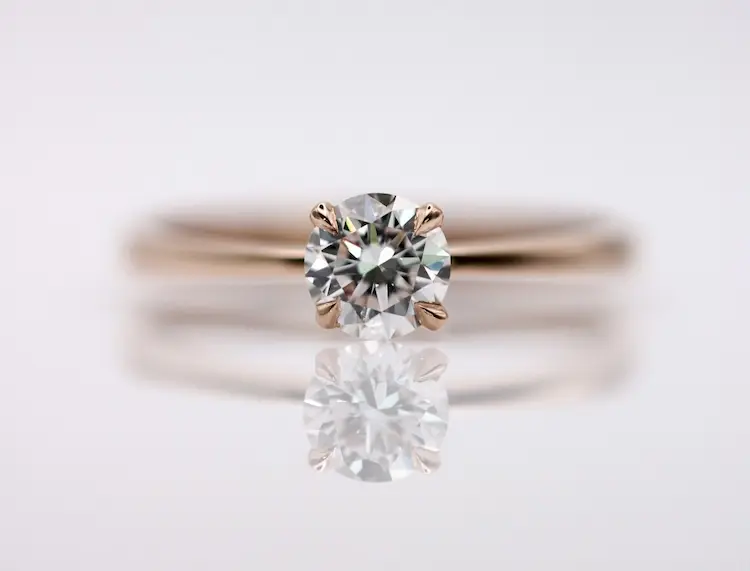
How to Protect Yourself from Fake Diamonds
Now that you know how to tell if a diamond is natural, you must take steps to protect yourself from purchasing fake diamonds. Here are some tips to ensure you’re getting what you pay for:
Ask for Certification: Always request a diamond certification from a reputable gemological institute, such as the GIA (Gemological Institute of America) or AGS (American Gem Society). Certified diamonds come with detailed reports that verify their authenticity and quality.
Buy from Reputable Jewelers: Purchasing diamonds from well-known and trusted jewelers can significantly reduce your risk of buying a fake diamond. These businesses typically have a reputation to uphold and are likelier to sell real diamonds.
Get a Second Opinion: If unsure about a diamond, consider taking it to a gemologist for an independent evaluation. They can perform professional tests to tell you whether it’s a natural or fake diamond.
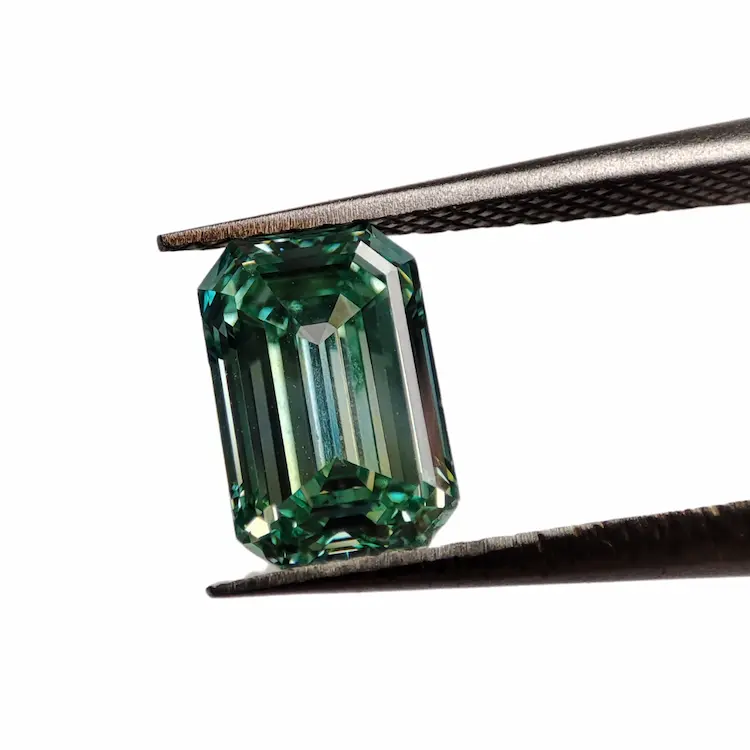
Knowing if a diamond is natural can prevent costly mistakes when purchasing jewelry. Whether using at-home tests like the fog test or seeking professional evaluations, knowing the difference between real and fake diamonds is crucial. From cubic zirconia to moissanite, fake diamonds may look the part but need more value and durability. Always seek expert advice to confirm that your diamond is the real deal when in doubt.

